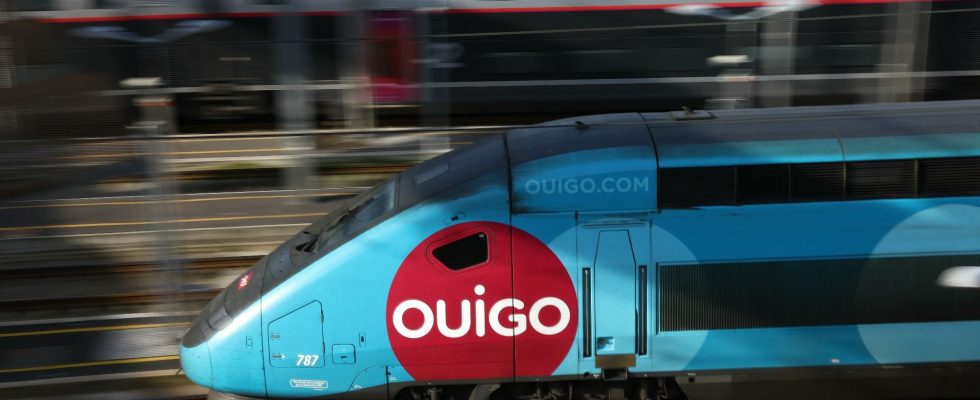“We are indeed in the golden age of the train”: the SNCF recorded new attendance records in 2023, a historic performance, after an already unprecedented year 2022 for the railway group.
The TGV transported 122 million passengers, a level never before reached and an increase of 4% compared to 2022, according to figures announced this Friday, January 19. High speed is not the only one riding the boom for rail transport: regional trains are also growing by 8%. Compared to pre-Covid, attendance in TER jumped by 21% with peaks in certain regions, such as in Occitanie, where the number of travelers increased by 40% in four years.
Leisure demand increased by 2% compared to the previous year, but it was mainly professional demand which drove the growth (+6%). “We have regained from 2023 – a year ahead of forecasts – the level of professional customers that we knew before the years of health crisis”, rejoiced the CEO of the SNCF Voyageurs company, Christophe Fanichet. Intercity trains also experienced sustained growth, with 11 million passengers (+4.5%). As a result of this craze, customers are buying their tickets more and more in advance. “One in two tickets is purchased more than 24 days before departure,” indicated Christophe Fanichet, three days more than in 2022.
The boss of SNCF Voyageurs also recalled that TGV InOui prices would not increase beyond the level of inflation in 2024, while those of Ouigo would remain frozen, despite the increase in rail tolls and the price of transport. energy. “We are in the golden age of trains. We are building a virtuous circle of rail,” rejoiced Christophe Fanichet.
The company with 66,000 employees is recruiting, its workforce will increase in 2024 as in 2023 after long years of decline, and it displays great attractiveness since it says it received 250,000 CVs in 2023 for 4,900 recruitments – even if in the At the same time, resignations also increased.
Saturation
The only downside for the SNCF: the growth in the number of travelers “has been limited by saturation effects”, lamented Christophe Fanichet. In other words, with only 364 TGV trains, SNCF Voyageurs does not have enough trains to meet growing demand. In ten years, the company lost 105 trains, scrapped while the TGV was going through a profitability crisis, even if the supply of seats increased by 13% at the same time thanks to the arrival of the TGV Duplex, which have more seats. “One in three TGVs ran full last year,” said the boss of SNCF Voyageurs, and this is even the case for 60% of Ouigos, these single-class low-cost TGVs, without bar car and without reimbursement possible.
And the company has few short-term solutions to remedy the problem. SNCF has ordered 115 new generation TGV-Ms, with greater capacity, but the first examples will not be delivered until 2025, then at a rate of 12 per year.
